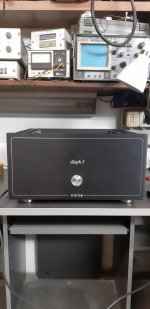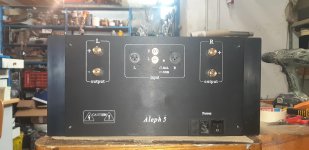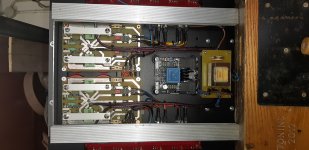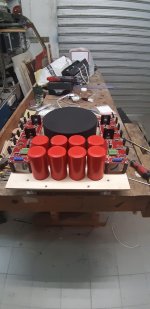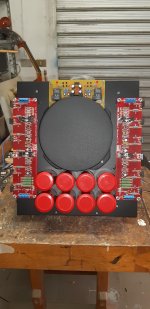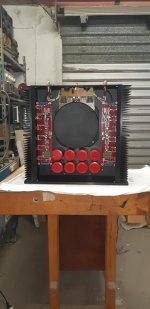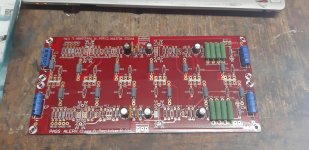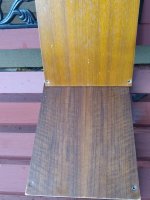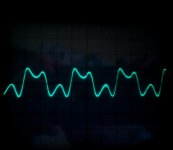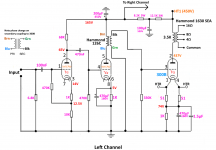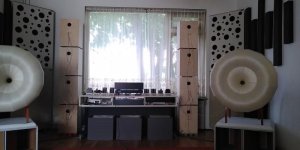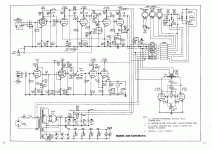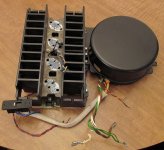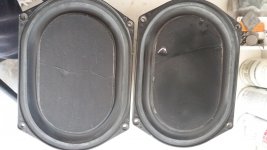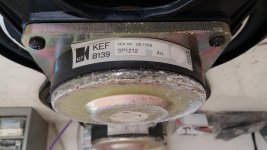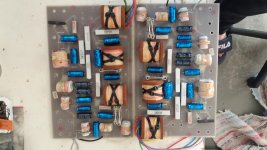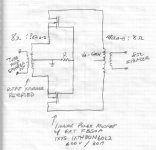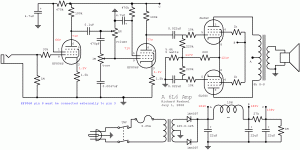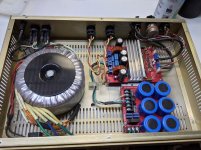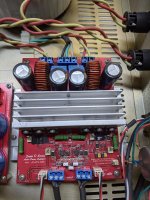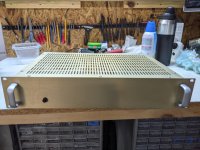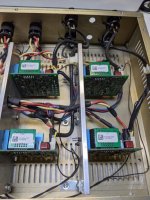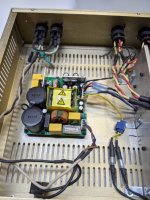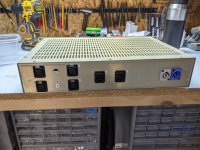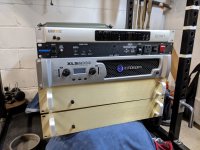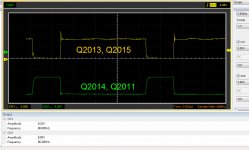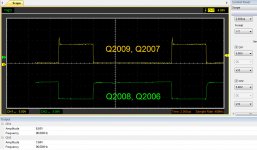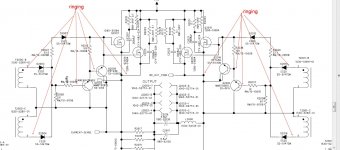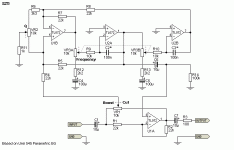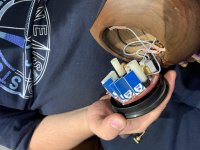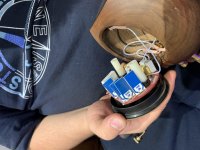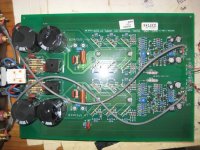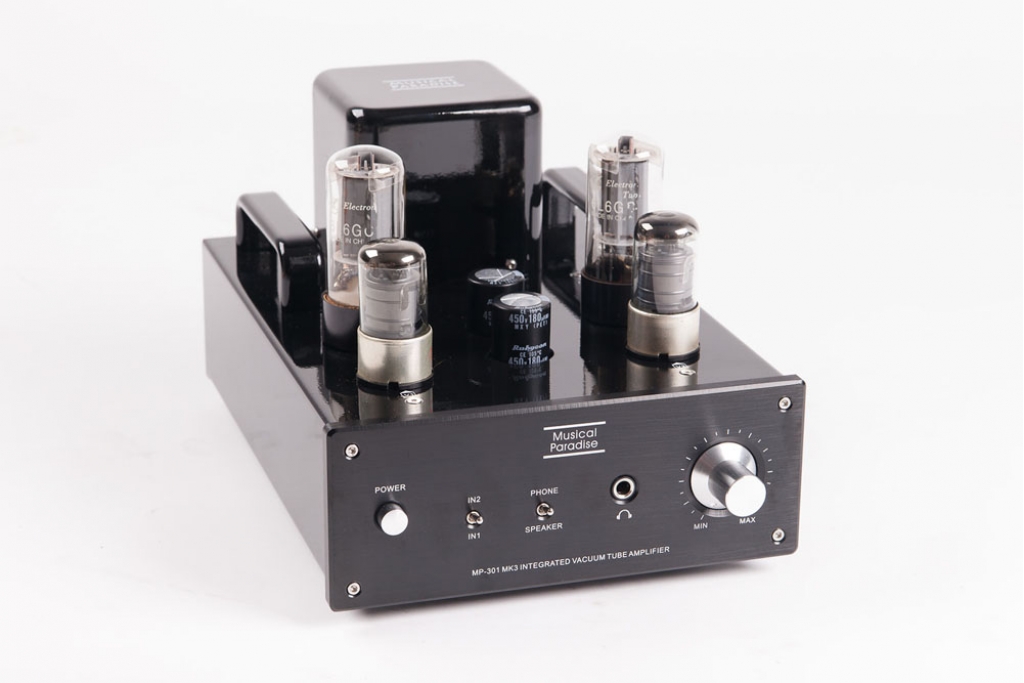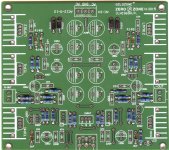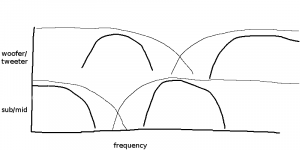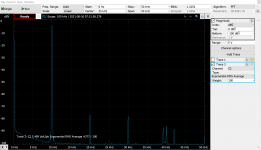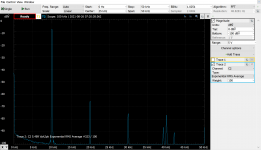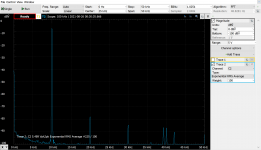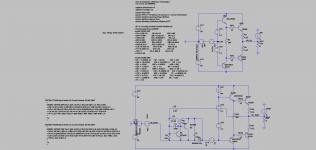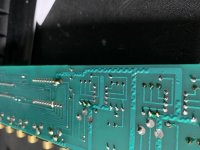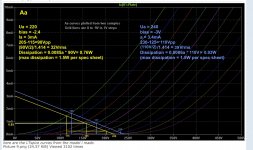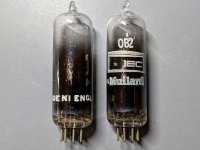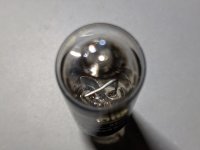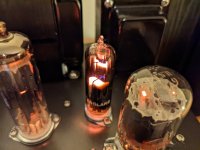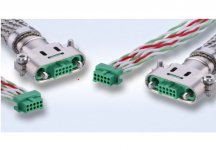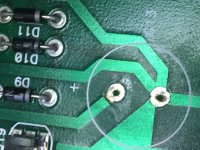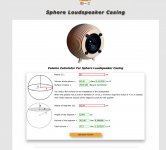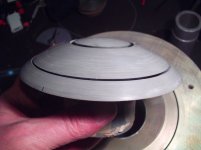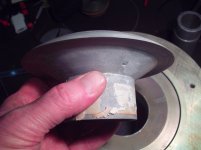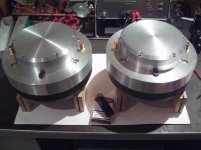Class A? Really?
- By acampm
- Solid State
- 114 Replies
I've never been that interested in class A, the low power output, expensive ancillaries, static power consumption and roasting heat put me off.
This little unit looks quite promising for the active 3 way set up I have in mind though. 30 watts is juuuust enough, it's appealingly simple, and it's pleasingly chap. Also claims to be pretty robust and heat proof. Does it look OK to you?
It quotes perfectly acceptable distortion at 10w. Hmmm. Does that mean that, realistically, it's a 10w amp? 30 is tight, 10 is a non starter.
Assemble A30 FET Pure Class A Power Amplifier Board Stereo HiFi Audio Amp Board | eBay
Description:
The A30 power amplifier circuit is very compact. It consists of only 8 transistors and a few passive components in a single channel. There are no redundant components, which is in line with the HiFi concept of “simply supreme”.
The A30 power amplifier circuit is very stable. It can use a relatively small heat sink and the current is very large. When the heat sink temperature is 80 °C, the circuit can work very stably. There is no need to worry about overheating and damaging the transistor.
A30 installation and commissioning is very simple, only need to connect DC power, adjust the quiescent current and midpoint potential is OK. Where R17 regulates the midpoint potential and R16 regulates the quiescent current.
The A30's low cost and small size of the power amplifier board make it ideal for small HIFI or desktop amplifiers and multichannel amplifiers.
This project consists of two boards (two channels. one board = one channel)
Specifications:
Maximum output power: 30W/8 ohms 60W/4 ohms
Maximum Class A power: 30W
Maximum supply voltage: DC+ -33V
Harmonic distortion: <0.01% 10W/8 ohms
Frequency response: 0Hz-100KHz
Damping coefficient: >100
Signal to noise ratio: >96dB
Conversion rate: >30V/uS
Input sensitivity: 0.5V (effective value)
Input impedance: 10K
Gain: 31dB (34 times)
Size: 99mm × 53mm (mono PCB size)
This little unit looks quite promising for the active 3 way set up I have in mind though. 30 watts is juuuust enough, it's appealingly simple, and it's pleasingly chap. Also claims to be pretty robust and heat proof. Does it look OK to you?
It quotes perfectly acceptable distortion at 10w. Hmmm. Does that mean that, realistically, it's a 10w amp? 30 is tight, 10 is a non starter.
Assemble A30 FET Pure Class A Power Amplifier Board Stereo HiFi Audio Amp Board | eBay
Description:
The A30 power amplifier circuit is very compact. It consists of only 8 transistors and a few passive components in a single channel. There are no redundant components, which is in line with the HiFi concept of “simply supreme”.
The A30 power amplifier circuit is very stable. It can use a relatively small heat sink and the current is very large. When the heat sink temperature is 80 °C, the circuit can work very stably. There is no need to worry about overheating and damaging the transistor.
A30 installation and commissioning is very simple, only need to connect DC power, adjust the quiescent current and midpoint potential is OK. Where R17 regulates the midpoint potential and R16 regulates the quiescent current.
The A30's low cost and small size of the power amplifier board make it ideal for small HIFI or desktop amplifiers and multichannel amplifiers.
This project consists of two boards (two channels. one board = one channel)
Specifications:
Maximum output power: 30W/8 ohms 60W/4 ohms
Maximum Class A power: 30W
Maximum supply voltage: DC+ -33V
Harmonic distortion: <0.01% 10W/8 ohms
Frequency response: 0Hz-100KHz
Damping coefficient: >100
Signal to noise ratio: >96dB
Conversion rate: >30V/uS
Input sensitivity: 0.5V (effective value)
Input impedance: 10K
Gain: 31dB (34 times)
Size: 99mm × 53mm (mono PCB size)
